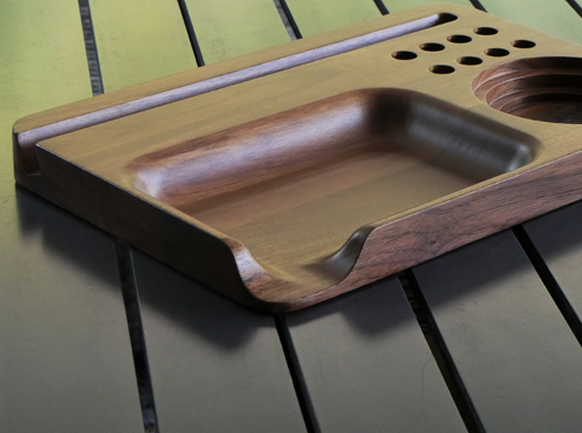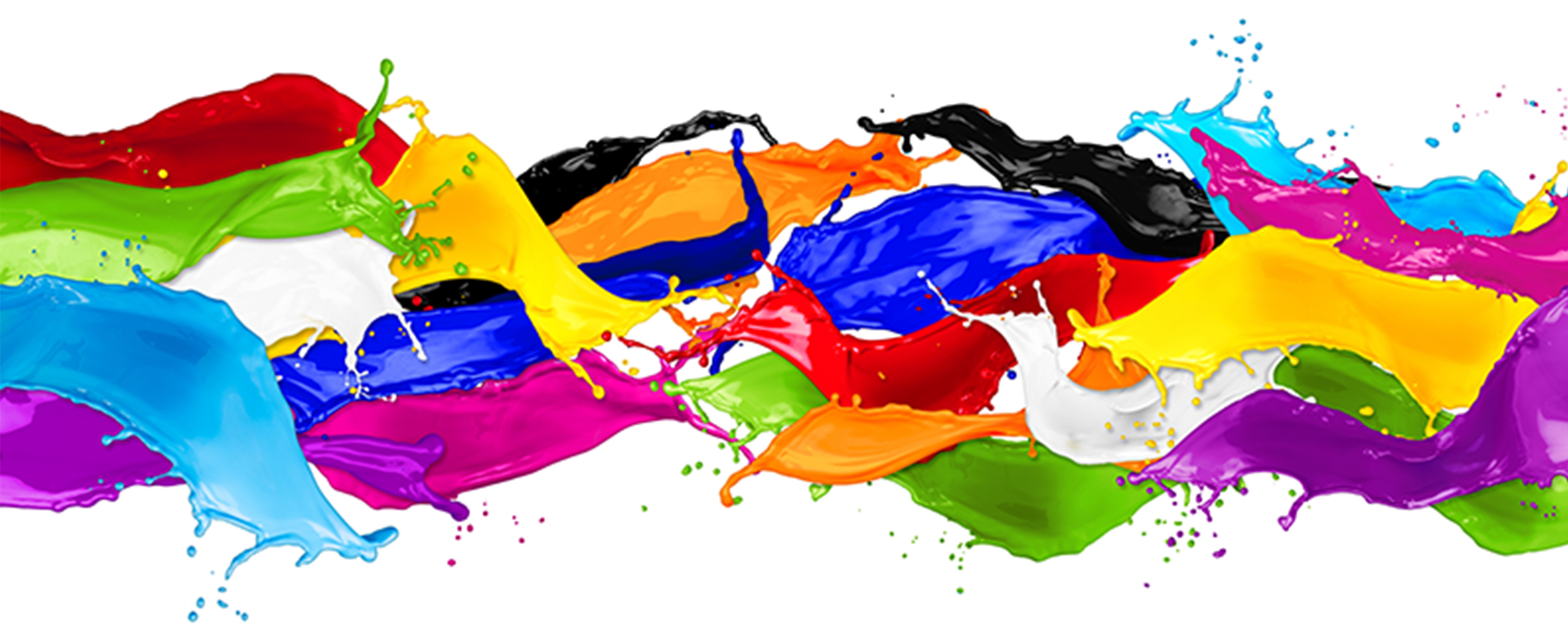Introduction:
In the world of print design, choosing the right printing method is crucial to achieving your desired results. Two popular options are spot color printing and four-color printing (also known as CMYK printing). Both methods have their strengths and applications, and understanding when to use each can significantly impact the quality and effectiveness of your printed materials. In this blog, we’ll delve into the differences between spot color and four-color printing, and provide insights on how to choose the most suitable method for your project.
Spot Color Printing:
Spot color printing, also referred to as Pantone printing, involves the use of pre-mixed ink colors that are specifically formulated to match a standardized color system, such as the Pantone Matching System (PMS). This method is especially advantageous when you need to reproduce specific colors accurately and consistently across various printed materials.
When to Choose Spot Color Printing:
- Precise Color Reproduction: Spot color is the preferred choice when color accuracy is paramount, making it ideal for branding materials, logos, and corporate identity items.
- Few Colors: If your design uses only a few colors or requires vibrant and intense hues, spot color printing can deliver better results compared to four-color printing.
- Special Effects: Spot color can also be used to achieve special effects such as metallic or fluorescent colors, which are challenging to achieve with four-color printing.
Benefits of Spot Color Printing:
- Color Consistency: Spot color ensures consistent color reproduction, making it perfect for maintaining brand integrity.
- Vibrant Colors: Spot colors are more vibrant and can deliver a wider gamut than the CMYK color model.
- Accurate Pantone Matching: PMS colors are standardized, allowing for accurate reproduction across different printing processes and materials.
Four-Color Printing (CMYK):
Four-color printing, often referred to as CMYK printing, involves the use of four primary colors: cyan, magenta, yellow, and key (black). These colors are combined in varying percentages to create a wide range of hues, making it a versatile and cost-effective printing method.
When to Choose Four-Color Printing:
- Complex Designs: If your design involves intricate gradients, photographs, or a wide spectrum of colors, four-color printing is better suited to capture these details.
- Cost-Effectiveness: For projects with multiple colors or intricate designs, four-color printing is generally more cost-effective than using numerous spot colors.
- General Print Materials: Brochures, flyers, magazines, and other promotional materials benefit from the flexibility and cost-efficiency of four-color printing.
Benefits of Four-Color Printing:
- Versatility: Four-color printing can accurately reproduce a wide range of colors, making it suitable for most print projects.
- Cost-Efficiency: For designs with multiple colors, gradients, or images, four-color printing is more budget-friendly compared to using spot colors.
- Photographic Reproduction: CMYK printing excels at reproducing photographs and complex designs with subtle color variations.
Choosing the Right Method for Your Project:
Conclusion:
Selecting the appropriate printing method for your project is a vital step in ensuring the quality and impact of your printed materials. Whether you opt for the precision of spot color printing or the versatility of four-color printing, understanding their strengths and applications will empower you to make an informed decision. By considering factors like design complexity, color accuracy, and budget constraints, you can confidently choose between spot color and four-color printing to create stunning and effective printed materials.
Subscribe to our free newsletter
Signup for the latest events and news!
* Add notice about your Privacy Policy here.






